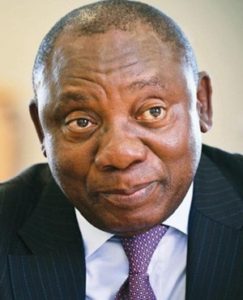Even in the annals of judges behaving badly, a complaint like this stands out. Kentucky Family Court Judge Dawn Gentry was rung up by the Judicial Conduct Commission on nine charges. It’s not that offering appointments in a pay-to-play scheme and then retaliating against attorneys and other officials for not donating to a judge’s campaign aren’t serious charges, but you’ll forgive everyone for glossing right over that to the parts of the complaint about the rock band sex stuff.
Judge Gentry, who is also a bassist in a band called South of Cincy apparently, allegedly asked her case management specialist to resign so she could hire the band’s guitarist, former pastor Stephen Penrose. The allegations include inappropriate delegation of judiciary duties to Penrose too but, again, those serious allegations will have to wait because the investigators believe all of this was a cover for her to have a little in camera review of that dick.
The judge is also accused of approving false time sheets for her secretary, Laura Aubrey, but that dire allegation is also going to be totally ignored here because the investigators say Gentry, Penrose, and Aubrey were having threesomes during work hours. It reminds me of that joke, “a judge, a pastor, and a secretary walk into an office… yadda yadda yadda the Judicial Conduct Commission brings charges.”
This is the part of the “Behind the Music: South of Cincy” where they tell us “the band was living large, but storm clouds were gathering.”
If you’re wondering where the judge’s husband is in all of this, that involves telling the story of a government panel designed to help abused children that Judge Gentry appointed members to:
Katherine Schulz reportedly quit a panel the judge appointed her to after the judge flirted with her via Snapchat, pressured her to seduce the judge’s husband and asked her to join the judge and a former church pastor in a threesome.
Damn, South of Cincy makes Mötley Crüe look tame. Gentry is now divorced.
Frankly, the allegations of keeping and drinking liquor in the office barely even register in this thing.
For her part, Judge Gentry has denied the charges except for an allegation that she let Penrose jam on his six sting in his courthouse office which we’re pretty sure she doesn’t mean as a euphemism. She’ll face a hearing in the next few months.
Check out the whole complaint on the next page.
Judge Dawn Gentry faces misconduct charges. Here’s what happened and what happens next.
Kentucky judge accused of frat-house antics, threesomes with staffers [NY Post]
 Joe Patrice is a senior editor at Above the Law and co-host of Thinking Like A Lawyer. Feel free to email any tips, questions, or comments. Follow him on Twitter if you’re interested in law, politics, and a healthy dose of college sports news. Joe also serves as a Managing Director at RPN Executive Search.
Joe Patrice is a senior editor at Above the Law and co-host of Thinking Like A Lawyer. Feel free to email any tips, questions, or comments. Follow him on Twitter if you’re interested in law, politics, and a healthy dose of college sports news. Joe also serves as a Managing Director at RPN Executive Search.









 Jordan Rothman is a partner of
Jordan Rothman is a partner of 






